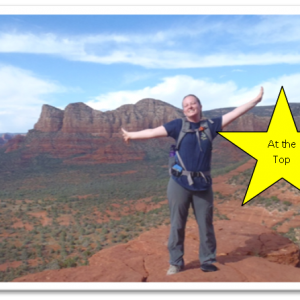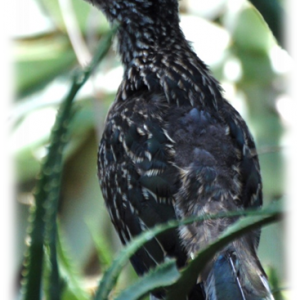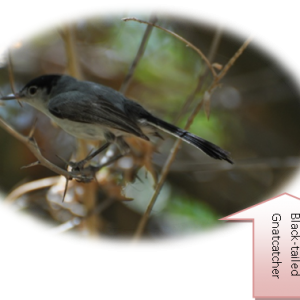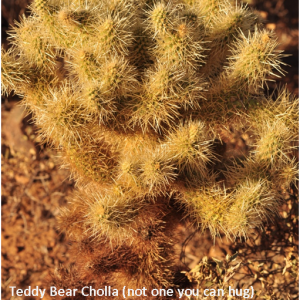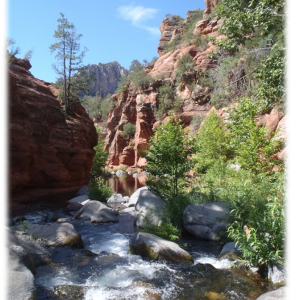Some adventures are like long, sinuous dirt paths lined with cholla, and through uncharted landscapes where many untold dangers lie in wait for new interns. Fresh out of college and lacking extended experience in roaming the range of Arizona, these neophytes link arms and fight the likes of rattlers, illegal activity, and identifying flora. In search for key areas or range improvements, they trudge on with their transect tapes and compasses to complete the tasks set out for them. Instructed in desert safety, defensive driving and monitoring techniques, there was never talk on how to deal with the onset of severe enjoyment disorder.
There comes a time when the afflicted techs must reluctantly depart from the natural atmosphere they have become accustomed to. Physiological acclimation, friendships, and routines that have now become habit must be set aside and wished farewell.
Such a heartfelt bittersweet ending has approached and I am now aware of how dependent upon the relationships, climate, flora, ecological systems, route infrastructure, etc. I have become over the last 11 months. The only thing I can extend forth towards Arizona, and those individuals who have so richly impacted my time at the BLM Phoenix District Office, is to exclaim that I am so ever conscious and thankful to have been selected for this position and to have had the opportunity to enrich my biological/ecological knowledge. I was never more alive in my life – like I had the power to make an impact in this world – than during my internship with the BLM.
“Let us be grateful to people who make us happy; they are the charming gardeners who make our souls blossom.” – Marcel Proust
All the best, Alyson
Any diary of an intern who is obligated with the task of implementing a monitoring plan, consuming her day with completing various vegetation monitoring methods and sample plot layouts in an array of ecological sites, would not be complete without some photos of the more vibrantly-colored angiosperm species that offer such sweetness to a harsh and unforgiving desert flora and terrain (and most of all – the climate).

Sheep! One would not expect to see this animal being used for grazing on rangeland in a desert environment [in the heat of summer] given they are always fashioned with a wool jumpsuit.

- It almost seems like one hasn’t been sworn into the service of range monitoring if they have not gotten stuck out in “the middle of nowhere” late in the day, in a very dangerous allotment after dark, with help more than 20 miles away. Luckily, this situation is not one I have faced alone or too many times.

- One of the first tasks a range technician is to accomplish when establishing a key area – pounding the t-post into the plot center.
The delicate and the deadly wildlife can be found in the same biotic community. One must be vigilant for deleterious factors; always consenting to standard safety protocol.
















